Changing your mortgage can be a useful plan for better handling of debt and possibly decreasing your loan cost in the long run. A 'rate and term refinance' is often picked by house owners who wish to change their mortgage interest rate or its duration without tampering with the actual loan amount. This method could help people wishing to get a reduced interest rate, lessen the duration of their loans, or even do both of these things. This article gives a complete manual about rate and term refinancing, explaining the process of how it functions, its probable advantages, and elements you need to think over when deciding if this is an ideal option.
Refinancing for rate and term is planned to change the interest rate or period of a mortgage. This choice does not let the borrower take out any equity from their property as cash-out refinancing does. It only concentrates on reorganizing loan terms to fit better with present financial objectives. Rate and term c refinance is perfect for homeowners who might have obtained a mortgage at a higher interest rate but now see the prospect of gaining from lower rates. Also, it suits those wishing to reduce their repayment period so they can accumulate equity more rapidly. Lenders usually examine the homeowners credit status, job security, and ongoing market conditions when deciding on the interest rate and term suitable for the refinance.
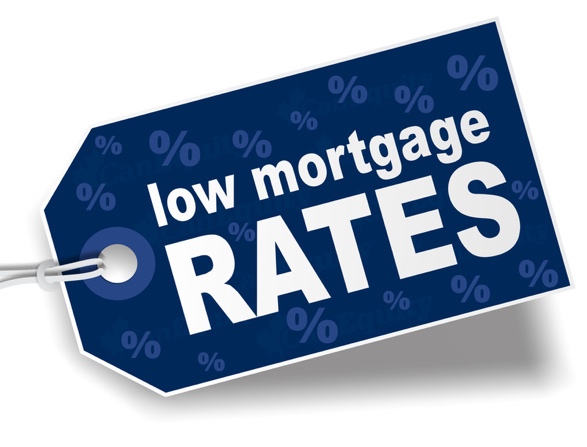
A top motive for homeowners choosing to refinance is to obtain a lower mortgage rate. When the interest on mortgages decreases, there can be enormous savings throughout the loan because monthly payment and total paid interest goes down with reduced rates. Furthermore, having a smaller rate aids in lessening financial pressures by making more money available for other costs. Often, rate and term refinancing lets owners of houses manage their money better, especially when the market situations give chances for better interest rates. But it is very important to consider these possible advantages with the ending costs related to the process of refinancing.
Making the duration of a mortgage shorter is another benefit of rate and term refinancing. If homeowners decide on a brief payback time, they can boost their monthly payments but complete their loan payments faster. This decrease in loan period could result in building equity quicker because more payments are going to the principal instead of interest. Mortgages with a short-term duration, maybe 15 or 20 years, generally offer lower rates of interest compared to the ones having longer duration. This can lead to more savings. It's an attractive plan, especially for people who wish to get rid of their debts quickly or are close to their retirement age and don't want mortgage debt during those later years in life.
Before going forward with a refinance of rate and term, it is significant for house owners to cautiously figure out possible savings. This could be achieved by comparing the interest expenses over the lifespan of the new loan against the remaining balance on the present loan. Apart from saving in interest, homeowners must also take into account closing costs linked with refinancing which usually fluctuates between 2% and 5% of the total amount borrowed. Figuring out the point of break-even, or the length needed for monthly savings to compensate for closing expenses, can support understanding if it's a good move financially to refinance. A smart decision about refinancing might provide financial profits both now and in future times.
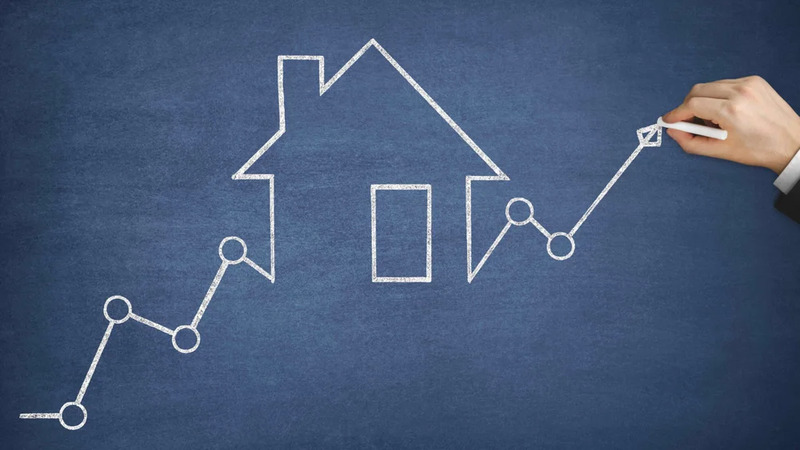
Rate and term refinance's success is tightly connected to market situations. Things like inflation, policies of the Federal Reserve, and general economic growth affect mortgage rates. So, if you do the refinance when rates are less than they were at the time of getting the original mortgage, it can give more savings. But, guessing the best moment to refinance means watching trends in interest rates and realizing how these rates match with one's monetary situation. Talking to a financial advisor or mortgage expert can also give an understanding of market timing, guaranteeing homeowners make wise refinancing decisions.
Although refinancing in terms of rate and term could provide significant advantages, house owners must examine their suitability and overall financial preparation. Usually, lenders inspect credit ratings, ratios of debt-to-income, and the borrower's history of payment before approving a refinance application. A robust credit profile might enhance the chances of securing an attractive rate. Also, people who own houses need to think about their future money plans and existing budgets. This is because a refinance might raise or lower monthly payments based on the selected period. Properly assessing these factors can assist house owners in averting unwanted monetary strain and making sure that refinancing matches their objectives.
Refinancing in rate and term is a useful method for house owners to modify their mortgage to get a lower interest or shorter duration. They must comprehend how this refinancing type operates, and by taking into account aspects such as current market situation, possible savings, and preparedness financially, homeowners can make selections that match their financial goals. Executing rate and term refinance properly can be an excellent chance to cut down loan expenses and quickly build equity which grants house proprietors the ability to exchange their present home loan agreement for one more favorable model.

By Madison Evans/Jan 06, 2025
By Mason Garvey/Apr 01, 2025
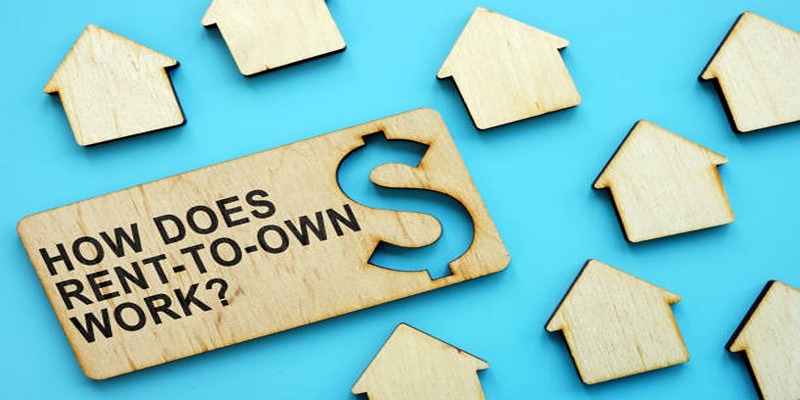
By Darnell Malan/Dec 07, 2024
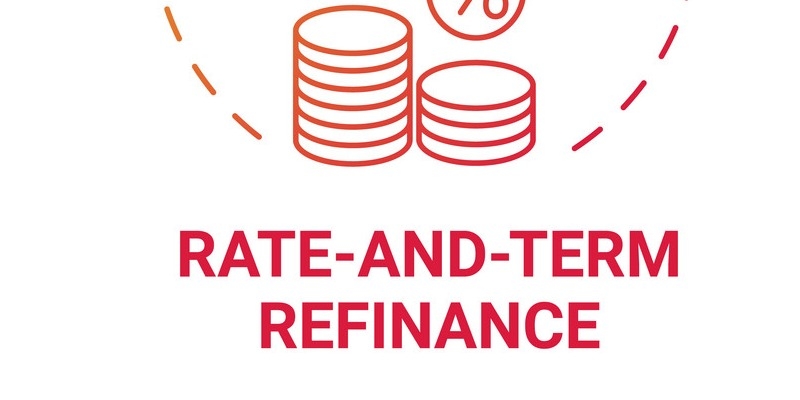
By Verna Wesley/Apr 02, 2025
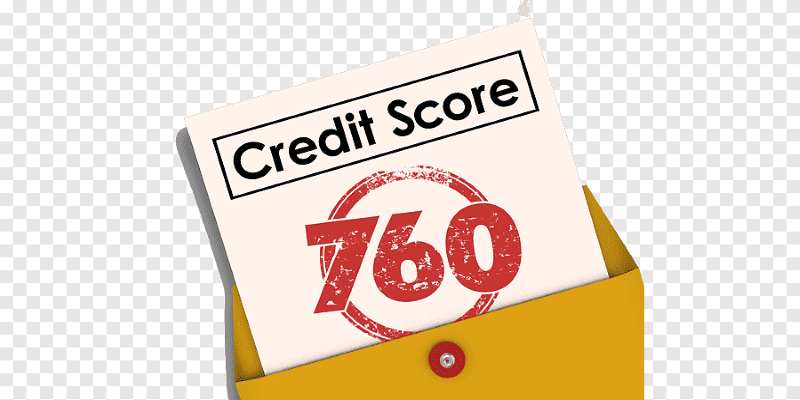
By Elva Flynn/Mar 17, 2025

By Susan Kelly/Feb 28, 2025

By Madison Evans/Dec 06, 2024

By Elena Davis/Oct 14, 2024

By Tessa Rodriguez/Oct 13, 2024

By Elena Davis/Oct 09, 2024

By Madison Evans/Nov 14, 2024

By Noa Ensign/Oct 14, 2024